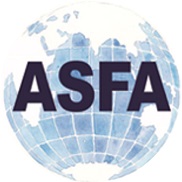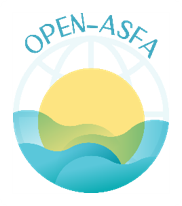Bottlenose dolphin’s interactions with aquaculture farm in the Eastern of Tunisia: a preliminary study
DOI:
https://doi.org/10.71754/instm.bulletin.v44.444Keywords:
Marine mammals, Aquaculture, Feeding, Interactions, Tursiops truncatus, monitoring, small-scale fisheries, species, Teboulba, Monastir, TunisiaAbstract
The present work constitutes the first contribution to study the interactions between fish farm and Delphinidae, in the Tunisian coasts. From March to May 2015, 58 encounters of 142 groups of bottlenose dolphin (Tursiops truncatus) were recorded. The total time spent in the presence of dolphins was 1185 min, with a mean encounter duration of 18.29 ± 22.12 min. Group sizes was ranged from 1 to 8 with a mean of 2.39 ± 1.57 animals (median = 2.0). Schools containing calves were significantly larger than those containing only adults. Following the protocol of photo-identification, 43 dolphins were individually photo-identified based on the long-term natural marks on their dorsal fin. Considered the values of monthly sighting rate (SR), 60.47% (n=26) of individuals were considered as resident (SR>0.5) and the rest (n=17) as frequent (0.25≤SR≤0.5). The behavioral budget for this species showed the predominance of activities characterized by opportunistic feeding (61.0%), not opportunistic feeding (4.0%), traveling (18.0%) and socializing activities (16.0%). A statistical difference was found between the budgets of groups with calves and those without calves. Twenty-two photo-identified individuals which have been recaptured five or more times, were used to calculate the coefficients of association (CoAs) with maximum value ranged between 0.14 and 0.77 (mean = 0.09 ± 0.28). The results of permutation tests for non-random associations, indicate that dolphins associates preferentially with some individuals and avoids some others. Bottlenose dolphins show non-random social behavior in each reticles and depending on foraging categories.












